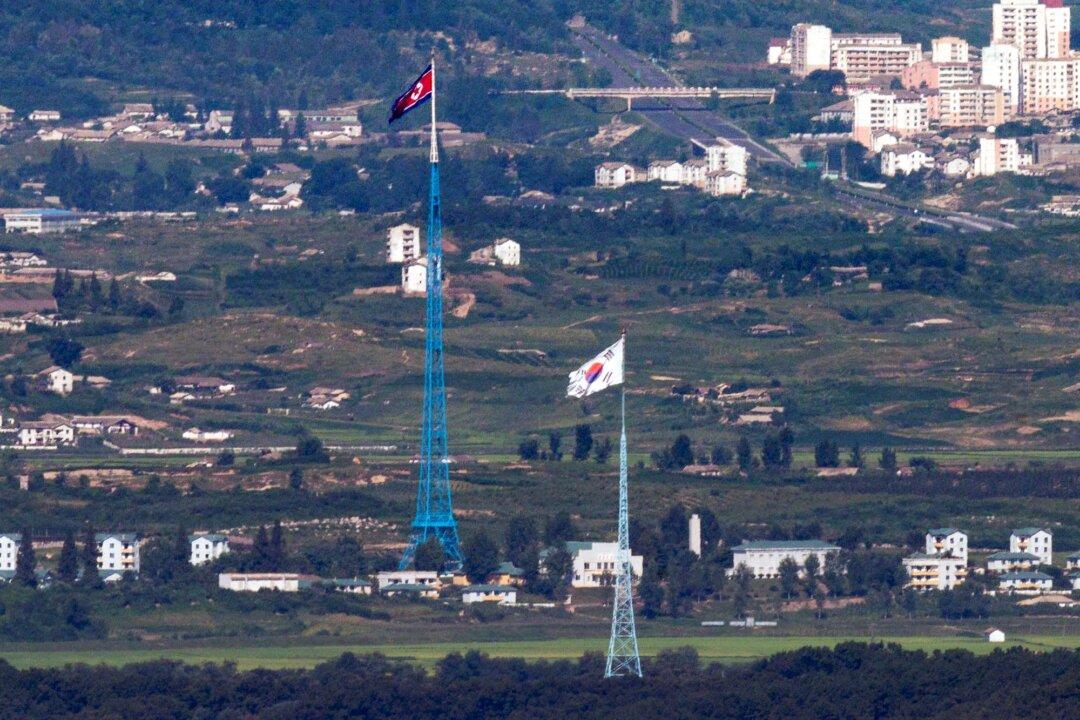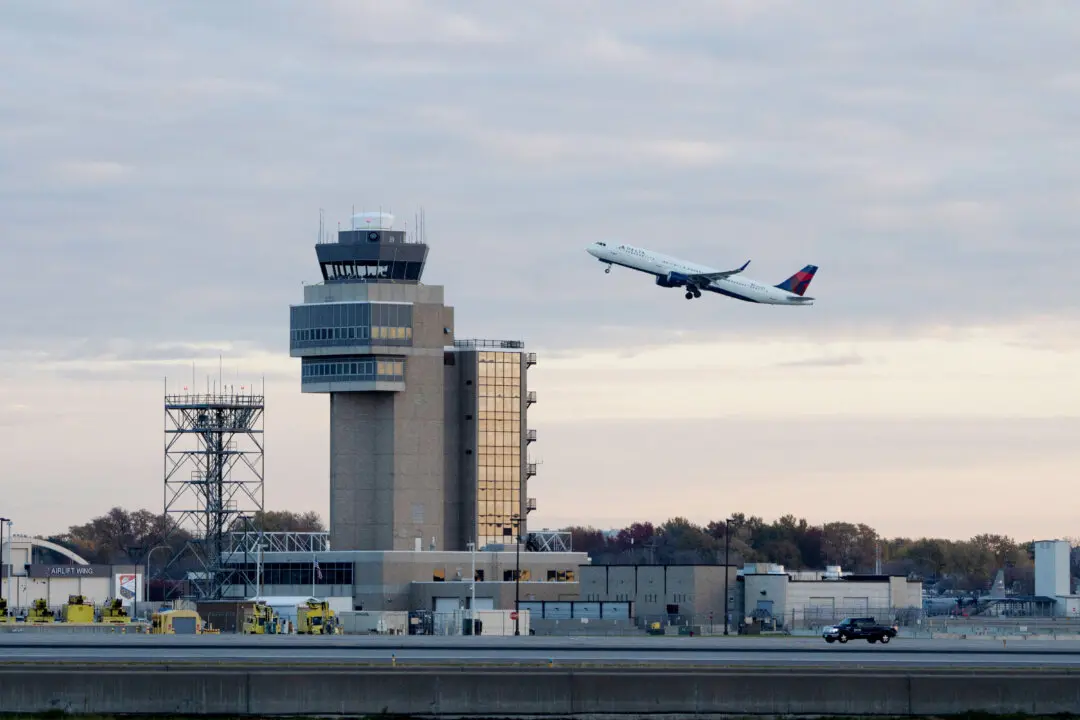The U.S. Air Force has reportedly deployed a surveillance aircraft near South Korea in response to North Korea’s recent test of an underwater attack drone that the regime said is nuclear capable and can destroy naval vessels.
Flight trackers show that the RC-135W Rivet Joint aircraft had flown above some regions in South Korea, including Incheon, Gangwon province, and the eastern and western coasts, Yonhap News Agency reported.





